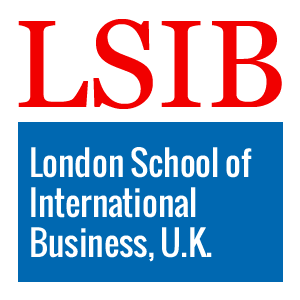Graduate Certificate in Geospatial Data Mapping Software
Published on June 21, 2025
About this Podcast
HOST: Welcome to our podcast, today I'm thrilled to be speaking with Dr. Jane Smith, an expert in Geospatial Data Mapping Software and the lead instructor for our new Graduate Certificate course. Dr. Smith, can you tell us a bit about your experience in this field? GUEST: Absolutely, I've been working with GIS technologies for over 15 years, specializing in environmental applications. It's a fascinating area that's always evolving. HOST: That's fantastic! Now, let's dive into the course. Can you explain what makes this Graduate Certificate so essential for professionals wanting to upskill or transition into this domain? GUEST: Certainly. This program focuses on advanced mapping techniques and data interpretation, which are crucial skills for geographers, urban planners, and environmental scientists. By gaining hands-on experience in GIS technologies, learners can significantly enhance their career prospects. HOST: Interesting. And as someone deeply involved in the industry, could you share some current trends that are shaping or being shaped by geospatial data mapping software? GUEST: Of course. There's a growing emphasis on real-time data analysis, automation, and integration of AI in GIS. Additionally, the demand for spatial data analysts is increasing across various sectors, including transportation, public health, and climate change research. HOST: Those sound like exciting developments! But I imagine there must be challenges too. What would you say are the biggest hurdles when it comes to learning or teaching this subject? GUEST: One challenge is keeping up with the rapid pace of technological advancements. Another is ensuring students grasp complex spatial concepts while also mastering the technical aspects of the software. HOST: That definitely sounds challenging. Looking ahead, where do you see the future of geospatial data mapping software heading? What can we expect in the next 5-10 years? GUEST: I believe we'll see even more integration of GIS with other disciplines, like machine learning and IoT. The potential applications are endless, from smart cities to precision agriculture. It's an exciting time to be part of this industry! HOST: Thank you, Dr. Smith, for sharing your insights and experiences with us today. If our listeners want to learn more about the Graduate Certificate in Geospatial Data Mapping Software, where can they go? GUEST: They can visit our website and explore the program in detail. I encourage anyone interested in spatial analysis and data visualization to consider this course – it could open up new opportunities and perspectives! HOST: Excellent! Thanks again, Dr. Smith, and listeners, don't forget to check out the course. Until next time, keep exploring and learning!
